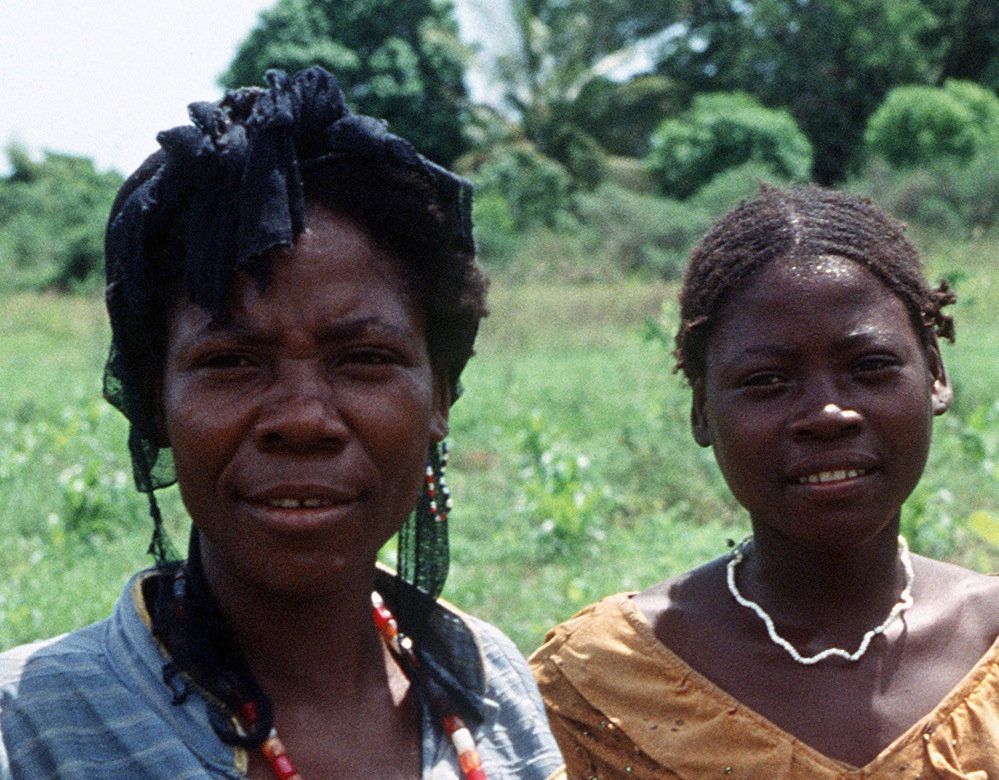|
Niiko
Niiko is a type of dance indigenous to Southern Somalia. Due to its sensual nature it is more often done by non-practicing Muslims and eschewed by those who are religiously observant, especially in freemixed gatherings. It involves moving the hips and is similar to twerking except the hips are moved in a rotary fashion. Niiko is often performed whilst wearing a dirac (dress), dirac as well as a scarf around the waist in order to accentuate the buttocks, this dance is practiced by both Southern ethnic Somalis though originally introduced by Somali Bantus. References External linkYoutube video Somali culture African dances {{dance-stub ... [...More Info...] [...Related Items...] OR: [Wikipedia] [Google] [Baidu] |
Freemixed
Sex segregation, sex separation, gender segregation or gender separation is the physical, legal, or cultural separation of people according to their Sex, biological sex. Sex segregation can refer simply to the physical and spatial separation by sex without any connotation of illegal discrimination. In other circumstances, sex segregation can be controversial. Depending on the circumstances, it can be a violation of capabilities and human rights and can create economic inefficiencies; on the other hand, some supporters argue that it is central to certain religious laws and social and cultural histories and traditions.The World Bank. 2012. "Gender Equality and Development: World Development Report 2012." Washington, D.C: The World Bank. Definitions The term "sex" in "sex segregation" refers to the biological distinctions between men and women, used in contrast to "gender".Cohen, David S. 2010. "The Stubborn Persistence of Sex Segregation." ''Columbia Journal of Gender and Law'' ... [...More Info...] [...Related Items...] OR: [Wikipedia] [Google] [Baidu] |
Dirac (dress)
The dirac (see Baati for the house dress) is a Somali garment worn by Somali women that is long, usually ankle length. Types Bacwayne/half bac/bacyare dirac, simply known as dirac is one most commonly worn during celebrations/special events such as weddings, parties, festivals etc. It is usually made out of either chiffon, silk (which are both usually the sheerest variation of dirac) or velvet (one of the least see-through), amongst many other materials. It is always accompanied with an ankle length underskirt called gorgorad/googarad and a wrap/shawl called garbasaar which is either worn loosely around the head or neatly on one shoulder. The dirac can also be wrapped in a Guntiino style which is known as dirac guntiino. The above style of dirac is not worn by Somali brides, instead they wear a variation known as a Bridal dirac, which is simply an embroidered dirac with a gold belt, along with an embroidered garbasaar. Baati/dirac shiid is yet another variation traditionall ... [...More Info...] [...Related Items...] OR: [Wikipedia] [Google] [Baidu] |
Buttocks
The buttocks (singular: buttock) are two rounded portions of the exterior anatomy of most mammals, located on the posterior of the pelvic region. In humans, the buttocks are located between the lower back and the perineum. They are composed of a layer of exterior skin and underlying subcutaneous fat superimposed on a left and right gluteus maximus and gluteus medius muscles. The two gluteus maximus muscles are the largest muscles in the human body. They are responsible for movements such as straightening the body into the upright (standing) posture when it is bent at the waist; maintaining the body in the upright posture by keeping the hip joints extended; and propelling the body forward via further leg (hip) extension when walking or running. In the seated position, the buttocks bear the weight of the upper body and take that weight off the feet. In many cultures, the buttocks play a role in sexual attraction. Many cultures have also used the buttocks as a primary target f ... [...More Info...] [...Related Items...] OR: [Wikipedia] [Google] [Baidu] |
Somali Bantus
The Somali Bantus (also known as Gosha, or Jareerweyne locally) are a Bantu peoples, Bantu origin Minority group, ethnic minority group in Somalia who primarily reside in the southern part of the country, primarily near the Jubba River, Jubba and Shebelle River, Shabelle rivers. The Somali Bantus are descendants of enslaved peoples from various Bantu peoples, Bantu ethnic groups from African Great Lakes, Southeast Africa, particularly from Mozambique, Malawi, and Tanzania. The East African slave trade was not eliminated until the early parts of the 20th century. Somali Bantus are not ancestrally related to the indigenous ethnic Somalis of Cushitic languages, Cushitic background and have a culture distinct from the ethnic Somali people, Somalis. The Somali Bantu have remained marginalized ever since the establishment of Somalia. Some Somali Bantu people have been displaced into Kenya, and a small number have returned to Tanzania. An overseas diaspora community of Somali Bantus ca ... [...More Info...] [...Related Items...] OR: [Wikipedia] [Google] [Baidu] |
Somali Culture
The culture of Somalia is an amalgamation of traditions in that were developed independently since the Proto-Somali era. The hypernym of the term ''Somali'' from a geopolitical sense is ''Horner'' and from an ethnic sense, it is '' Cushite''. Overview The cultural diffusion of Somali commercial enterprise can be detected in its exotic cuisine, which contains Southeast Asian influences. Due to the Somali people's for and facility with poetry, Somalia has often been referred to as a "Nation of Poets" and a "Nation of Bards", as, for example, by the Canadian novelist Margaret Laurence. Somalis have a story-telling tradition. According to Canadian novelist and scholar Margaret Laurence, who originally coined the term "Nation of Poets" to describe the Somali Peninsular, the Eidagale clan were viewed as "the recognized experts in the composition of poetry" by their fellow Somali contemporaries: Among the tribes, the Eidagalla are the recognized experts in the composition of poetry. O ... [...More Info...] [...Related Items...] OR: [Wikipedia] [Google] [Baidu] |


